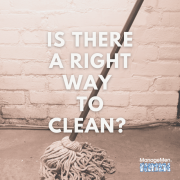Is There a Right Way to Clean?
In 1971, Coke produced the “Hilltop” television commercial. Even if you weren’t alive then, you have likely heard the jingle sung by a group of teenagers singing looking like Julie Andrews in the mountains during Sound of Music.
“I’d like to teach the world to sing, in perfect harmony.”
With troops still in Vietnam, the message was of inspiration and hope, intended to unite people everywhere… with a Coke.
A similar environment exists right now as we start to emerge from the pandemic. Things have been divisive, but one thing that unites us all is that in some form, pretty much everyone cleans. In fact, we’ve cleaned more in the past 12 months than we ever have. And it’s anticipated that this will continue for the foreseeable future.
But are you cleaning the right way? Is there a “right way” to clean? You just spray and wipe, right? Run the vacuum. If it looks clean, it must be clean, right?

Unless you’re in the cleaning industry, there’s a good chance you don’t know:
- You should always clean from top to bottom.
- Most disinfectants require the first step of cleaning and an established dwell time in order to work effectively.
- You should maintain different cleaning tools for different areas of your home or building.
This might not seem like a big deal, but when you have a bunch of people cleaning and not using cleaning products improperly, we run into issues with indoor air quality, chemical accidents, cross contamination, and more.
“I’d like to teach the world to clean, in perfect harmony…”
Picture this scenario…
Short on staff, a housekeeping manager asks Jim, who just arrived for his first day on the job, to start cleaning rooms. She shows Jim the supply cart and gives him a list of tasks he needs to complete in each room.
Jim enters the first room and removes the sheets from the bed. Next, he vacuums the floors and wipes down surfaces throughout the room—the nightstands, desktops, switches and door handles. Spotting a cobweb near the ceiling, he removes it with an extension wand, also dusting the top of the armoire.
Jim walks into the restroom next and sprays the faucet, toilet and shower with disinfectant spray, immediately wiping them all down with the same cloth used in the main room. After cleaning the toilet, he mops the floors and leaves, repeating the process in the next room.
What’s wrong with this scene?
You’ve got to give Jim some credit. He followed the instructions he was given, but in this scenario, Jim isn’t cleaning. He’s pushing dirt around, and with it, he’s likely moving dirt, bacteria and likely viruses around too.
As we mentioned earlier, this can cause a host of issues—within a home, a hotel, a hospital—any indoor environment of any size.
Yes, there is a right way to clean. And the better the protocols and systems you have in place—and the training that supports those protocols and systems—the cleaner and healthier your indoor spaces will be.
A moment to pause and reflect…
For most of this, this past year has felt a lot like we’ve been treading water in the middle of a huge lake. But finally, we can see a boat coming toward us to offer a break. As we get a moment to pause, it’s important to reflect on what went right during the pandemic. What can we improve?
COVID-19 has forced us to acknowledge the importance of cleaning in our indoor environments. It’s a pathogen that can be spread through hard surfaces, and it isn’t the last pathogen that will spread this way. In fact, there’s a good chance that we’ll face another pathogen that has even greater transmissibility via fomites in the not-so-distant future.
Look around your house, your children’s schools, the hotels and stores you visit. Are they being cleaned properly, or are people just pushing dirt around? Have workers received training and do they understand that you should work from top to bottom when cleaning a room? Do they understand that you can’t just spray a disinfectant and wipe it with the same cloth you’ve used to clean the rest of the building?
There’s a science to cleaning, and it’s important we follow that science to keep our indoor environments safe and healthy for everyone.
“I’d like to teach the world to clean, in perfect harmony.”



